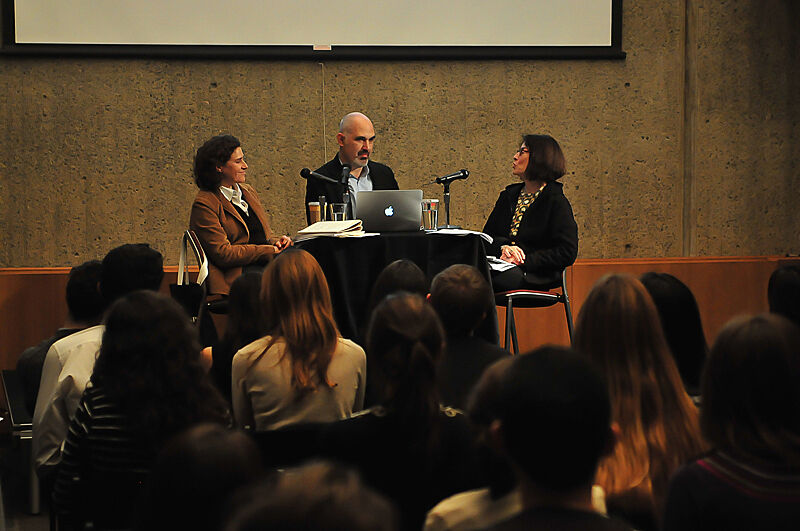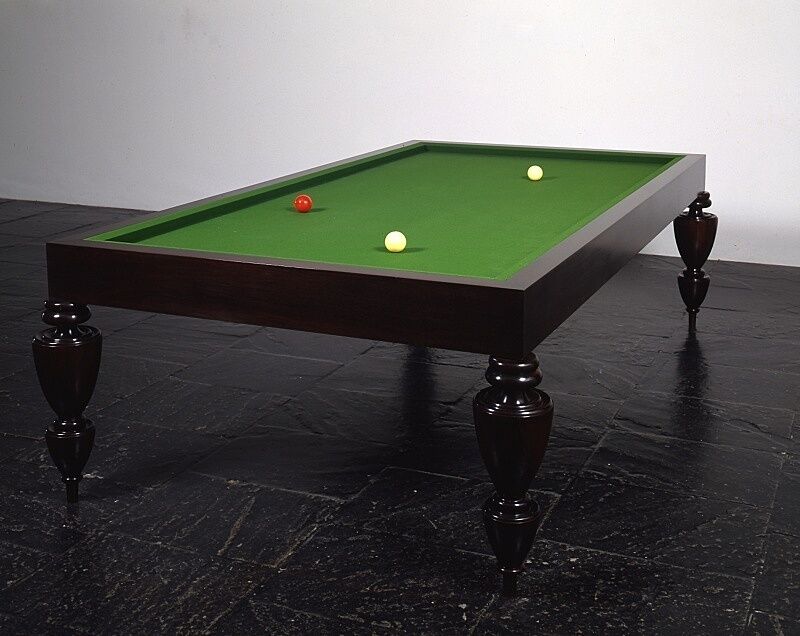Artist, Critic, Canon: Art History, After Levine
Jan 26, 2012
On December 15, 2011, in conjunction with the exhibition SHERRIE LEVINE: MAYHEM, art historian David Joselit and artist Zoe Leonard joined curator Elisabeth Sussman to discuss how Levine and other artists of her generation altered the way images are distributed, studied, and understood. From theoretical shifts to fundamental changes in the way artists borrow, reframe, and reproduce imagery, the panelists investigated Levine’s work and its influence on the practice and theory of contemporary art.
Both Joselit and Leonard recalled how Levine’s radical approach to image-making profoundly affected and challenged them in the 1980s, when she first began to re-photograph and re-purpose artwork, and to question accepted notions of authorship, originality, and ownership. Her provocation, they agree, still resonates today, as she produces objects that are, in Joselit’s words, “extremely ahead of their moment.”
The exhibition inspired Leonard to consider the relationship of her own work to Levine’s. She believes they share common interest in the relationship between image and object. Stating she wants her work to: “reconcile or sort of dig into the space between the [three] dimensions and the relationship between photography and sculpture and show how a print is an object in space,” Leonard sees a similar blurring of the distinction between the second and third dimensions in a work like After Courbet 1-18 (2009). Here Levine frames and assembles eighteen reproductions of Courbet’s famous painting, The Origin of the World (1866). The simple plywood frames that surround each image reinforce the physicality of each component, yet they exist simultaneously as images in a two-dimensional form. Leonard also employs a parallel use of repetition in works such as You see I am here after all (2008), an installation consisting of approximately 4,000 postcards that all depict Niagara Falls.
This play between dimensionality compels the viewer to question some of our culture’s most iconic images, an experience which Joselit believes is a basic tenet of Levine’s work. Whereas painters traditionally translate three-dimensional objects into a two-dimensional depiction, Levine likes to reverse this process, to draw something out of two dimensions that she wants to see in three. Joselit examines this technique in relation to the artist’s work La Fortune (After Man Ray 4) (1990). “It’s really about seeing a picture and wanting to see it in the round, and evaluating it on a wholly different level,” he said of Levine’s engagement with Man Ray’s 1938 painting La Fortune. “And there is something really funny and also almost terrifyingly extreme about taking a picture, making it enter three dimensions, and then seeing how different, in fact even how disappointing or crazy it is when it enters three dimensions.” By representing images as objects, and vice versa, Levine persuades her audience to consider the many different ways a work of art can be looked at over time, and to accept the ultimately subjective nature of seeing.
By Emily Arensman, Coordinator of Public Programs and Elizabeth Pisano, Education Intern


